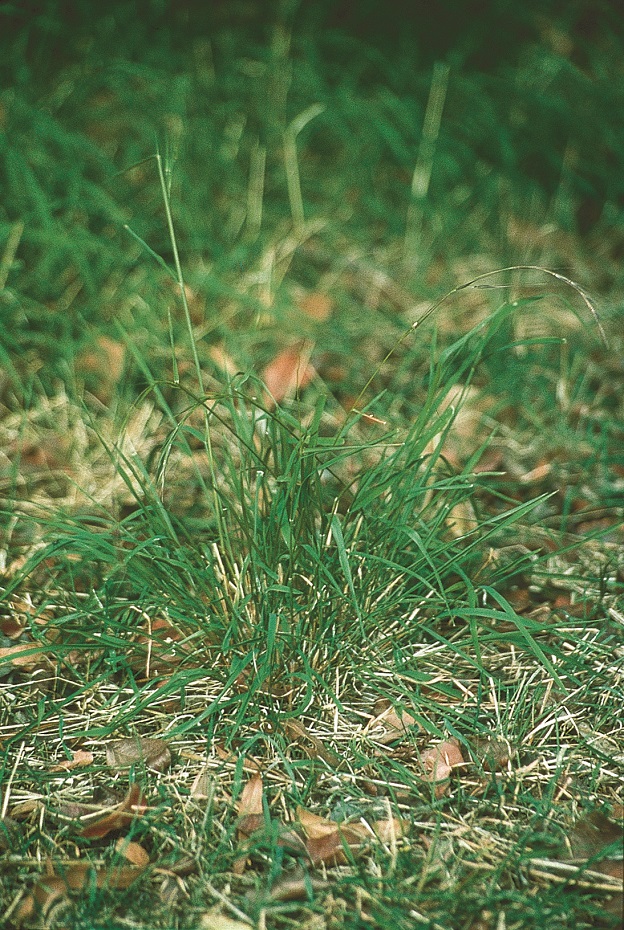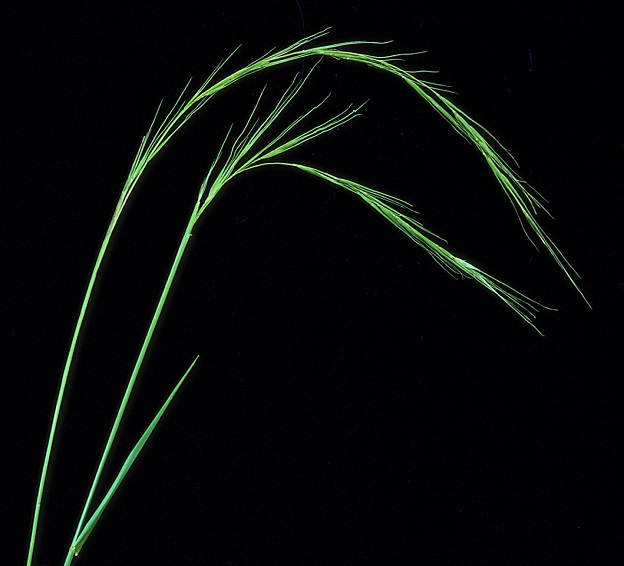Microlaena Ecology Study
Microlaena stipoides (weeping grass or Microlaena) is found throughout the high rainfall zones from mountains of Cape York Peninsula through New South Wales and Victoria to Tasmania, as well as the wetter districts of South Australia and the south-west of Western Australia. Survey work on the central and southern Tablelands of NSW found that Microlaena was one of the most common native grass species in grazed pastures. The Chiltern Proof Site Microlaena ecology study was undertaken as a PhD (Dr. Meredith Mitchell) to find out more about the growth and reproduction of this important species so that recommendations could be made for improved management.
During an 18 month period (December 2009 – July 2011), fortnightly observations of Microlaena were made noting each phonological stage – vegetative, stem elongation, ear emergence, seed maturity, seed falling and seed fallen.
Seed traps were set up around 16 plants and were used to record seed production. Soil cores were taken from around each of the 16 plants and taken to a glass-house where they were stimulated to germinate, providing an indication of the seed bank. Seeds were also stimulated to germinate in petri dishes to provide an indication of seed viability. A separate experiment was conducted to indicate predation by ants. Finally, a seedling survey in the paddock was conducted along 100 m transects, recording the number of seeds and the number and leaf stage of Microlaena seedlings.
The findings and recommendations from the Microlaeana ecology study can be found here.


Further Information
- Holbrook EverGraze Proof Site – Integration of native and improved pasture systems increases profit
- Chiltern EverGraze Proof Site key message: Composition and production from native pastures in response to fertiliser and rotational grazing
- Lamb production from native pastures at Chiltern EverGraze Proof Site
- Chiltern EverGraze Proof Site – Ecology of Microlaena
- Orange EverGraze Proof Site – Landscape variability can be identified, mapped and managed
- Orange EverGraze Proof Site – Composition of pastures with a high native perennial component is stable under managed grazing
- Orange EverGraze Proof Site – The effect of grazing intensity on production and profit from native pastures
- Mitchell, M, Virgona, J, Jacobs, J, Kemp, D (2012) Seed rain of Microlaena stipoides. In ‘ Proceedings of 16th Australian Agronomy Conference 2012: “Capturing Opportunities and Overcoming Obstacles in Australian Agronomy”. Armidale, NSW.’, 14-18 October 2012. (Ed. I Yunusa) (Australian Society of Agronomy.
- Mitchell, ML, Virgona, JM, Jacobs, J, Kemp, DR (2010) A description of the plant structures of Microlaena stipoides, a grass species forming stolons and rhizomes. In ’15th Australian Agronomy Conference: “Food Security from Sustainable Agriculture”. Lincoln, New Zealand’, 15th-18th November 2010 (Eds H Dove, RA Culvenor) (Australian Society of Agronomy.

